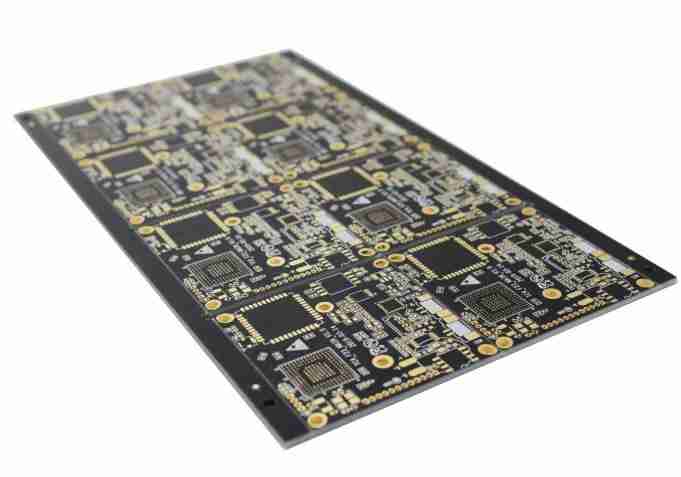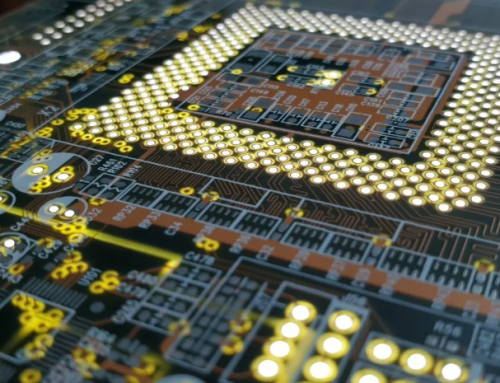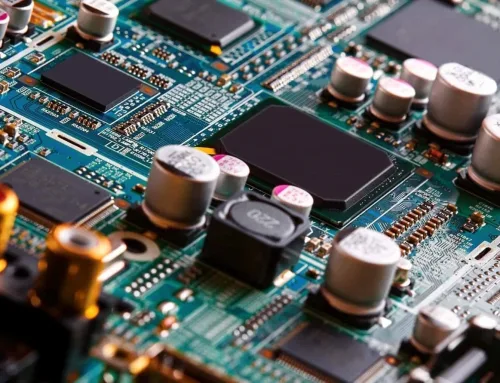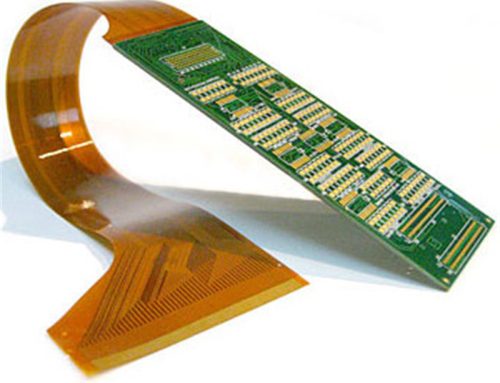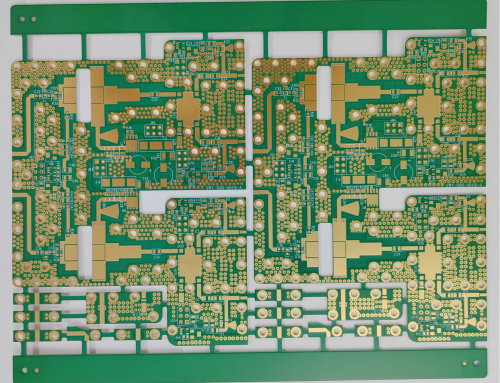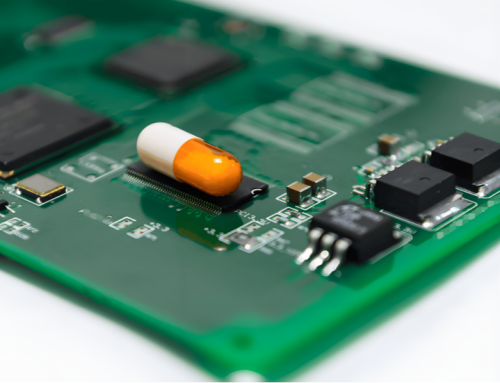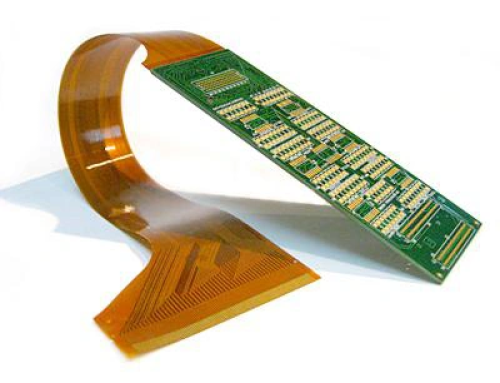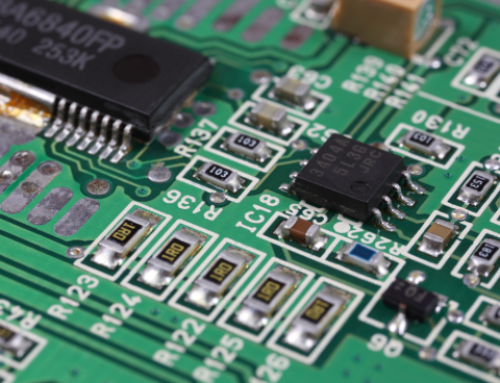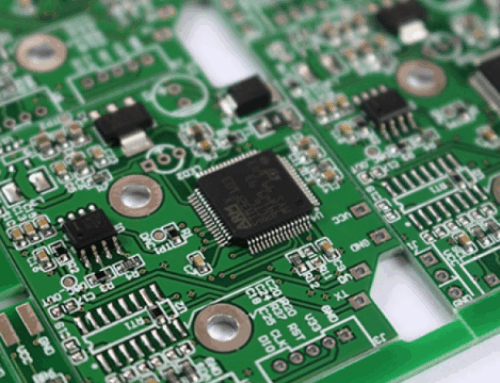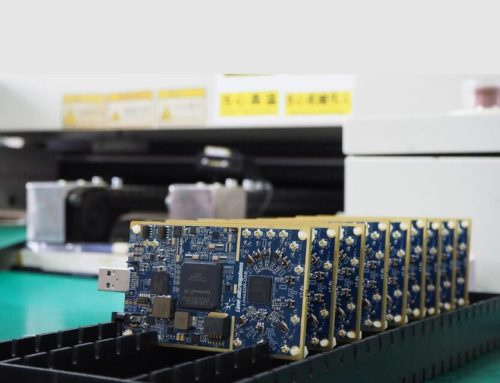What Is Copper Black PCB?
Table of Conent
Table of Conent
Copper black pcb is also known as copper-based, black solder mask PCB. It is a circuit made from special black ink solder masks on a traditional pcb. The black solder mask is more shading-friendly than the traditional green one, and can help reduce light interference on sensitive PCB components. Its special ingredients can improve the electromagnetic shielding of the PCB up to a certain degree, reducing external electromagnetic interference.
What Are the Most Common Colors of PCBs?
Green, blue, black and other colors are common for PCBs. These colors are used primarily for identification, aesthetics and special applications. They do not affect the performance of circuits, but they are important in product design.
The most popular color is green because it’s cost-effective and has a good contrast. It also makes it easy to check the solder quality or circuit layout.
The use of blue has increased in recent years. It provides a visual effect that is different from green. It appears novel and high-end and is ideal for electronic products.
Black gives off a mysterious and high-end feeling. The material is used for high-end audio, gaming, and other hardware. However, the manufacturing process is very complex, so it’s difficult to detect defects.
Red is used for high-end electronic equipment and communication products. It has excellent thermal stability, weather resistance and is suitable for harsh environments and high temperatures.
Yellow is no longer widely used because it does not contrast well with screen printing and wiring. It is less popular because it can hide routing.
Purple, brown, and pink colors are also available, but are rare.
Colors are important because they affect the brand image and appearance of the product. They also reflect to some degree the cost considerations for designers and manufacturers.
What Is a PCB with Copper Black?
A multilayer copper black PCB is known for its performance and unique manufacturing process. Copper black PCBs are manufactured in a complex process to guarantee superior performance and quality.
• Layout organization: Engineers must organize and verify PCB layouts in order to convert CAD files into a format that is uniform and meets the manufacturing requirements.
• Core Board Production: Cleaning of copper-clad board and curing copper foil underneath the photographic film with UV lamps in order to form desired circuit layout.
• Inspection and punching of core boards: This step ensures that layers are aligned precisely.
• Lamination: Prepreg is used as an adhesive material and insulation to fix the layers at high temperatures.
• Plating: Preparation for plating by drilling holes and chemical precipitation on the hole walls.
• External PCB Etching: Completion of production for the multilayer PCB layout.
• Soldermask: Use a soldermask in order to protect copper circuits against contact with the external world.
• Silkscreen: Silkscreen component identification, test points and other markings.
• Finish: A protective finish such as OSP or gold
• Soldermask window: Soldermask is removed by using UV light, and then etched to reveal the pads.
Inks used for soldermasks are responsible for the black color. It may be more UV resistant, provide better protection for PCBs when exposed to sunlight over a long period of time and have better EMI shielding qualities.
Copper Black PCB Characteristics
Copper black pcb, also known as copper-black pcb, is a high-performance pcb with a black surface. It consists of a copper sheet, a substrate, and a surface treatment. The copper layer on the pcb is easily oxidized when exposed to the air, without using a soldermask. Both sides of the circuit are then covered in a layer of copper that has not been protected. The copper layer on a pcb is easily oxidized by air, without the need for a soldermask. Pure copper, although slightly less chemically reactive than other metals like aluminum, iron, and magnesium, is very susceptible to oxidation when it comes in contact with oxygen, especially in an environment that is moist. The air is constantly filled with oxygen and water vapour, so exposing pure copper surfaces to the air will trigger the oxidation. Copper oxidation will reduce the conductivity of PCB circuits due to the thin copper layer.
Engineers have created a coating that can be easily applied to the PCB circuit surface. This coating forms a protective barrier of corresponding thickness, effectively isolating copper from the air. This coating is easily applied to PCB circuit surfaces and forms a protective layer of the corresponding thickness. It effectively isolates copper from the atmosphere. Soldermask is used to prepare this coating, which is known as a soldermask. It is available in many colors because it’s called paint. The original soldermask is transparent and colorless, but it’s often necessary to add fine text to the surface of the board to make PCB production, maintenance, and sales easier. Transparent soldermask only shows the bottom color of a PCB. This is not attractive for manufacturing, maintenance, and sales. Engineers add different colors to the soldermask in order to create boards with different colors such as red, black or blue.
Copper Black PCB vs. Different Color PCB
• Process Complexity
Copper Black PCB manufacturing is a challenging process. Low light levels are a challenge for the production process due to the high light absorption of black dyes. This is especially true during exposure and development. It can cause issues like blurred circuit patterns or a reduced alignment of soldermasks with circuits, which increases defect rates. Copper-black pcbs are therefore mostly used in high-end devices. Their manufacture is more complex and requires higher levels of technology.
Green PCB manufacturing is more stable and mature than the traditional process. Green dyes are characterized by balanced properties of light absorption and reflectance. This makes it easier to control the exposure and development stages, reduce defect rates and lower production costs. Green PCBs have become a popular choice for mass-produced electronic products.
• Thermal Performance
Copper black PCB: Black objects are capable of absorbing and emitting thermal radiation. In actual PCB applications the thermal performance is not much better than other colored printed circuit board. This is because heat dissipation depends on many factors, including the design of metal heat dissipation layers, the layout of copper-clad wiring, air convection and the design of heat-dissipating layers.
Silver: Some printed circuit boards with metallic colors (e.g. Metallic colored boards (e.g. Silver may be an advantage when it comes to thermal efficiency. They are usually made of a metal substrate or a coating. Due to its excellent thermal conductivity the metal can conduct heat more efficiently away from the circuit of the PCB, increasing the thermal efficiency.
• Maintainability
Green Circuit Boards: Green PCBs are lighter and easier to identify. They make it easier to distinguish component markings, wiring paths, etc. During maintenance operations. It allows maintenance personnel a better view of the components on the board. This makes it easier for them to perform tasks like fault detection and component substitution, improving maintenance efficiency.
Copper-black PCB’s: make maintenance more difficult. The dark color of the pcbs makes them difficult to see, especially when in dimly lit areas. Maintenance personnel must look closely at these boards and use special lighting equipment. This increases maintenance time.
Copper-black PCBs are used in many electronic products because of their high performance and unique appearance. Copper black PCB manufacturing is a complex, technical process. This can lead to a higher defect rate, which in turn leads to inflated costs. Copper black pcb is not a thermally efficient material, but its visual appeal and use in high-end products make it appealing to the market. With the continued development of technology, and expansion of the application areas, copper black pcb is expected to continue showing its unique benefits and value.
What Are the Benefits of Copper Balck PCBs?
Copper balck PCBs have many advantages, including:
• Better heat dissipation: copper balck PCB uses a black substrate that can absorb and release more heat. In a high temperature working environment, the copper balck PCB will dissipate the heat better to ensure normal operation.
• Better electromagnetic shielding performance: The black solder-mask on the copper balck PCB helps to reduce interference by improving electromagnetic compatibility.
• Greater Reliability: The copper balck PCB substrate has a good heat dissipation capability, which can solve the problem of traditional circuit boards aging substrate and capacitor leakage. This improves the reliability and durability.
Copper balck PCBs are beautiful and anti-plagiarism. They give off a high-end impression of technology, which is suitable for high-end electronics.
What Are the Advantages and Disadvantages of PCBs with Copper Balck?
Copper balck PCB has a number of disadvantages.
• Cost: Black ink is more expensive to produce because it has higher requirements for coverage and manufacturing accuracy.
• Copper Black PCBs: Although black surfaces may improve visibility, they can also reflect light under certain lighting conditions, making it hard to detect small defects when using automated optical inspection.
• Thermal expansion issues: Black PCBs are known to absorb heat well, and this can cause the board to expand more in hot environments. This can have a negative impact on the board’s long-term reliability.
• Color difference problem: When cleaning PCBs black is the most likely color to change, which can increase PCB defect rate because of color difference.
Copper Balck PCBs: Common Misconceptions
Many people believe that copper black PCBs cost more to manufacture, and are harder to maintain. In reality, copper black PCBs are not more expensive to produce than other colors. Maintenance costs are related to product quality, not color.
A second myth is that copper balck PCBs can only be used for high-end applications. This is also false. Black PCBs are suitable for any application, from high-end to low-end. They can also be used with all product grades. The color of the PCB cannot be used to determine the grade of a particular product.
Many people believe that it is difficult to identify the circuit alignment on a black PCB, increasing the difficulty in maintenance and debugging. Debugging relies on drawings and maintenance is mainly based on experience and tools.
What Are the Applications for Copper Balck PCBs
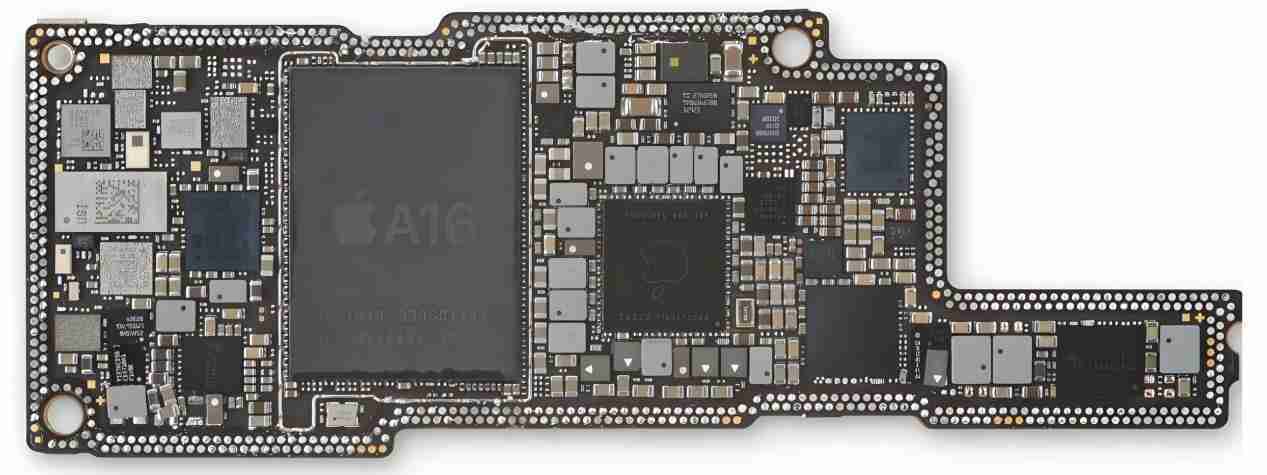
Copper balck PCBs are used in a variety of ways, including:
• Smart phones: the copper balck PCB is electromagnetically compatible and has a shielding effect to reduce RF interference, which ensures stable cell phone operation in a complex electromagnetic environment. The appearance of black is in line with the design of the phone. This improves texture and aesthetics.
• Computers: The copper balck PCB is used in many computer applications, including high-performance hardware like CPUs and graphics card. copper balck PCB is a stable platform that ensures the stability of equipment.
• Copper Black: PCB can provide excellent electrical performance, and its anti-interference capability will meet the requirements of cameras. The black color of its appearance matches the professional image that the camera portrays, and can improve the quality of the camera.
• Medical Devices: Copper balck PCBs can be used to improve the stability and signal transmission in medical devices such as MRIs, CTs, color ultrasounds, etc.
Why Is Green Solder Mask Used on PCBs?
Green soldermask is used on PCBs for a variety of reasons.
• Performance and visual effect: Green ink in a room with yellow lights is superior to other colours, and makes logos and tracelines on the board easier to see. The green background helps to identify the instruments during the surface mount technology soldering. This improves productivity and quality.
• Cost and environmental considerations: Green ink has a lower impact on the environment than blue or black ink. The black ink contains carbon and the blue ink has cobalt. These substances can release toxic gasses at high temperatures. Green ink, on the other hand, is safer because it doesn’t contain these chemicals.
• Easy observation and maintenance by workers: Green minimizes eye irritation under bright light. This helps to reduce eye fatigue, allowing workers to maintain clearer vision for longer.
• Usage habits and brand recognition: Due to its many advantages, green ink is the preferred color for PCB manufacture. This usage habit has been in place for many years.
Copper black PCB is a type of special PCB that has a black solder resist. It not only improves texture and grade, but it also performs very well with electromagnetic shielding, heat dissipation, etc. It is a PCB that meets the diverse demands of different fields and plays a key role in high-end electronics. Medical equipment, optical equipment and automotive electronics.
Latest Blog
Contact Info
Phone: +86-755-82882936
Email: [email protected]
WhatsApp: +86-13570802455
Wechat: +86-13570802455
Address: 2nd floor,D Bldg.,Electric Link Technology Bldg.,Gongming,Guangming New Dist.,518106 Shenzhen, China

